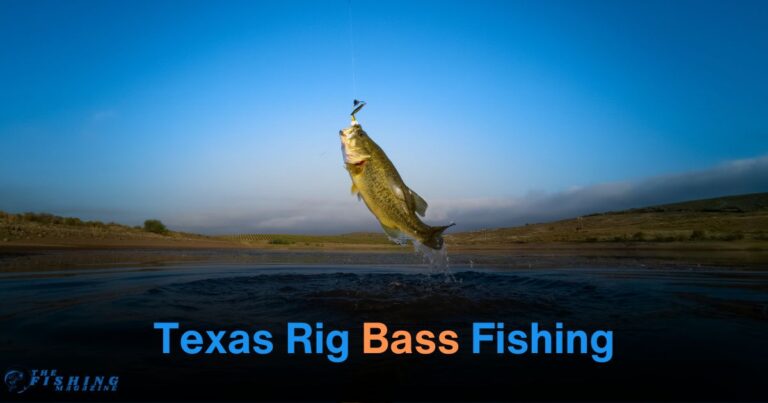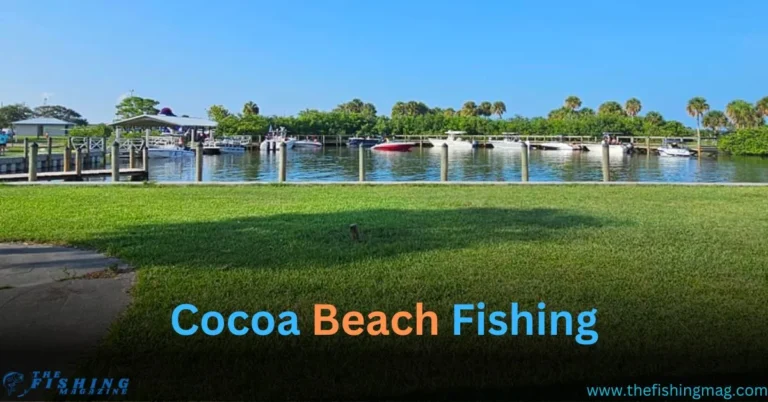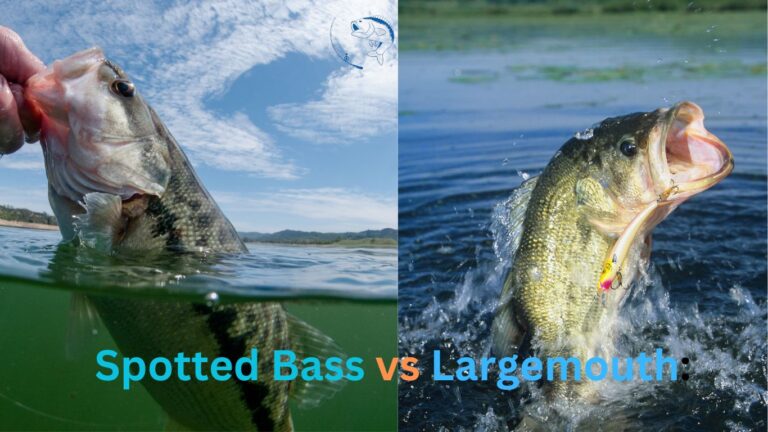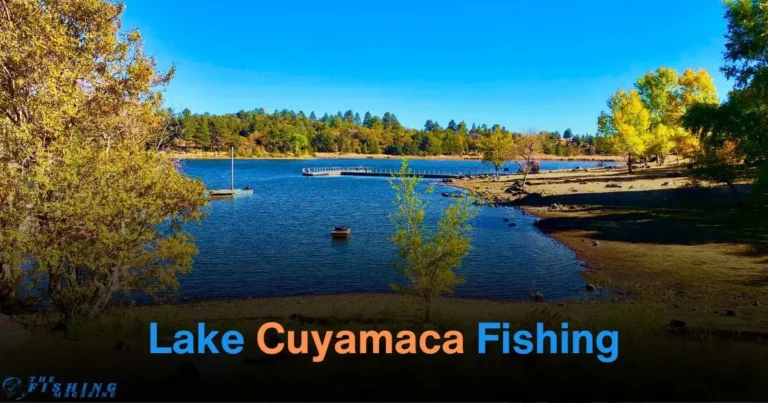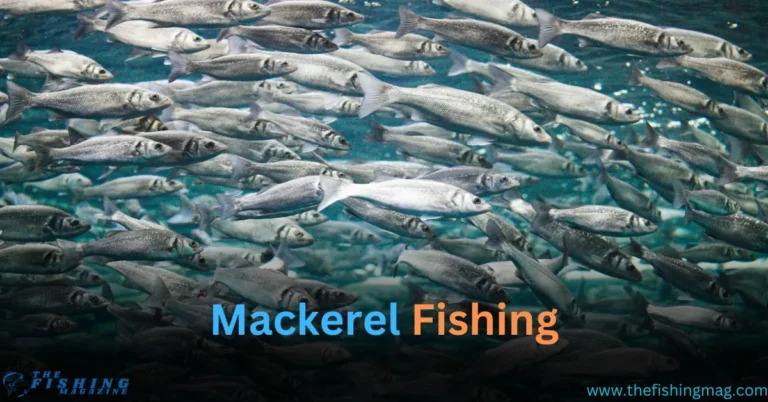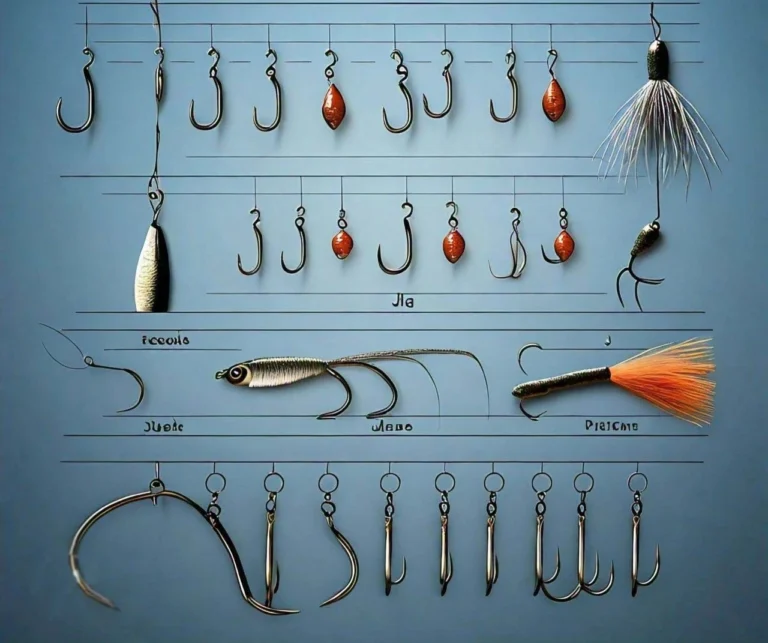If you’re looking for an unforgettable fishing experience, halibut fishing in Seward, Alaska, should be at the top of your list. Known for its stunning scenery and abundant marine life, Seward is a paradise for anglers.
The thrill of hooking a massive halibut, the pristine waters of Resurrection Bay, and the chance to immerse yourself in the rugged beauty of Alaska make this a bucket-list adventure.
In this guide, we’ll dive into everything you need to know about halibut fishing in Seward. From the best times to fish and the gear you’ll need, to tips and tricks that will help you land the catch of a lifetime, we’ve got you covered.
Whether you’re a seasoned angler or a complete beginner, this post will give you the knowledge and confidence to make the most of your fishing trip to Seward.
Introduction
There’s something magical about fishing in Alaska, and Seward is one of the best spots to experience it. The town is not just a gateway to Kenai Fjords National Park; it’s also one of the top destinations for halibut fishing. With the Gulf of Alaska at its doorstep, Seward offers access to some of the richest fishing grounds in the world.
But what makes halibut fishing in Seward so special? It’s the combination of the challenge and reward that comes with fishing for these giant flatfish. Halibut are known for their size and strength, with some catches weighing over 300 pounds.
The fight to reel in one of these monsters is exhilarating, and the reward of fresh, delicious halibut fillets makes it all worthwhile.
In this guide, we’ll take you through the ins and outs of halibut fishing in Seward, from understanding the behavior of halibut to choosing the right charter and making the most of your time on the water.
Why Seward is a Prime Spot for Halibut Fishing
Rich Fishing Grounds
Seward’s location on the Gulf of Alaska means it’s perfectly positioned for halibut fish. The waters around Seward are nutrient-rich, attracting a diverse array of marine life, including the massive Pacific halibut. These fish thrive in the deep, cold waters off the coast, making Seward an ideal location to target them.
Accessibility
One of the reasons Seward is so popular among anglers is its accessibility. Unlike some remote Alaskan fishing spots, Seward is easily reached by road from Anchorage, making it a convenient option for both locals and tourists. The town itself is equipped with all the amenities you’ll need for a fishing trip, from charter services to lodging and restaurants.
Scenic Beauty
Fishing in Seward is not just about the catch; it’s also about the experience. Surrounded by towering mountains, glaciers, and crystal-clear waters, Seward offers a backdrop that’s as breathtaking as the fishing itself. Whether you’re out on the open ocean or casting your line in Resurrection Bay, the scenery adds an extra layer of enjoyment to your trip.
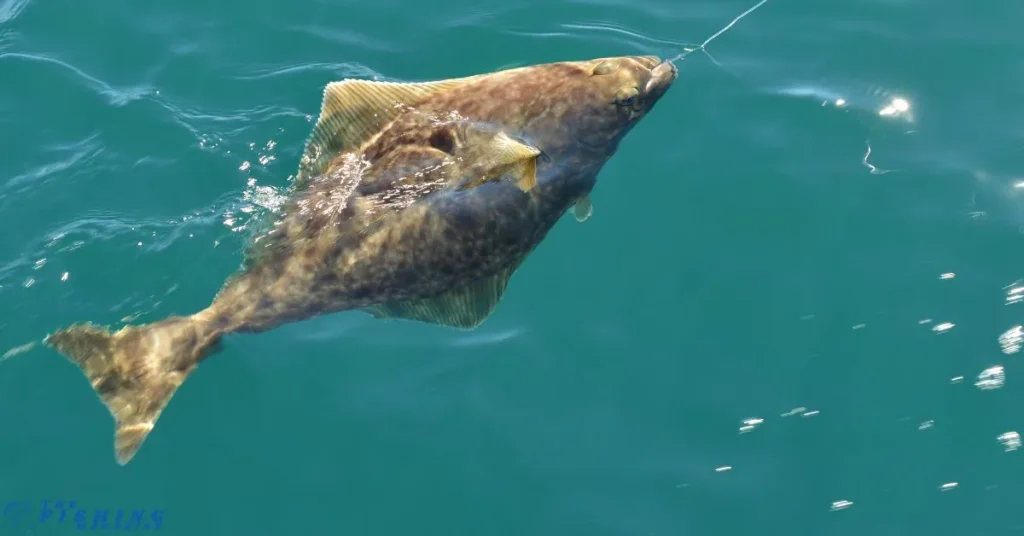
When to Go Halibut Fishing in Seward
Best Time of Year
The best time to fish for halibut in Seward is from May through September. During these months, the weather is milder, and the halibut are more active, feeding in preparation for the colder months. While it’s possible to catch halibut outside of this window, the peak season offers the best chance of landing a trophy-sized fish.
Tides and Weather Conditions
Tides and weather play a significant role in halibut fishing. Halibut tend to feed more actively during tide changes, so planning your fishing trip around these times can increase your chances of success.
Additionally, calmer weather makes for a more comfortable and productive day on the water. While Alaskan weather can be unpredictable, checking the forecast and consulting with your charter captain can help you pick the best day for your trip.
Choosing the Right Charter
What to Look For in a Halibut Fishing Charter
Selecting the right charter is crucial to the success of your fishing trip. Here’s what to consider:
- Experience and Reputation: Look for a charter company with a proven track record of successful trips. Reading reviews and asking for recommendations can help you find a reputable service.
- Boat and Equipment: Ensure the charter provides well-maintained boats and high-quality fishing gear. A comfortable boat with all the necessary equipment can make your day on the water much more enjoyable.
- Knowledgeable Crew: The captain and crew should be experienced and knowledgeable about the local fishing grounds. Their expertise can greatly enhance your chances of catching halibut.
- Group Size: Consider the size of the charter group. Smaller groups often offer a more personalized experience, while larger groups can be more affordable.
Full-Day vs. Half-Day Charters
When booking a halibut fishing trip, you’ll typically have the option of a full-day or half-day charter. Here’s how they differ:
- Full-Day Charters: These trips usually last 8-10 hours, giving you plenty of time to travel to the best fishing spots and target larger halibut. If you’re serious about catching a big fish, a full-day charter is the way to go.
- Half-Day Charters: Lasting around 4-6 hours, half-day charters are ideal for those with limited time or for beginners who want to get a taste of halibut fishing without committing to a full day. While you may not have as much time to reach the prime fishing grounds, you can still have a successful trip.
Essential Gear and Equipment
Rods and Reels
Halibut are powerful fish, so you’ll need sturdy gear to handle them:
- Rods: A heavy-duty rod, typically in the 6-7 foot range, is ideal for halibut fishing. These rods are designed to handle the weight and strength of large fish.
- Reels: A conventional reel with a high line capacity and strong drag system is necessary. Halibut can dive deep and put up a strong fight, so your reel needs to be up to the challenge.
Line and Leaders
- Main Line: Braided line is the preferred choice for halibut fishing due to its strength and sensitivity. A 50-80 pound test line is recommended.
- Leader: A strong leader, typically made of fluorocarbon or monofilament with a 100-150 pound test, is essential to withstand the sharp teeth and abrasive skin of halibut.
Hooks and Rigs
- Circle Hooks: Circle hooks are commonly used in halibut fishing because they are effective in ensuring a solid hook-up and reducing the chances of the fish swallowing the hook.
- Halibut Rigs: Pre-tied halibut rigs with multiple hooks can increase your chances of a successful catch. These rigs often include weights to help keep the bait near the bottom, where halibut are most likely to be found.
Bait
- Herring: Herring is one of the most popular baits for halibut fishing. Its oily scent attracts halibut from a distance.
- Squid: Squid is another effective bait, often used in combination with herring for added attraction.
- Artificial Lures: Large jigs and soft plastic baits can also be effective, especially when jigged near the bottom to mimic the movement of prey.
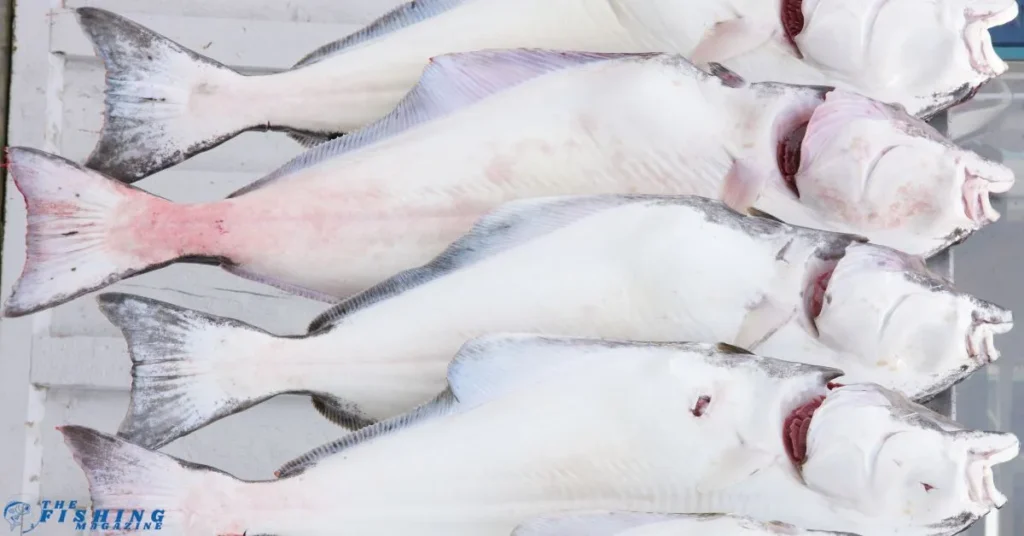
Techniques for Halibut Fishing in Seward
Anchoring vs. Drifting
There are two primary techniques for halibut fishing: anchoring and drifting.
- Anchoring: This technique involves anchoring the boat in a specific location, often near a drop-off or structure where halibut are likely to be found. Once anchored, anglers drop their bait to the bottom and wait for a bite. Anchoring allows you to target a specific area, making it easier to focus on prime fishing spots.
- Drifting: Drifting involves letting the boat move with the current or wind while your bait or lure is in the water. This technique covers more ground and is often used in areas where halibut are spread out. Drifting can be particularly effective when fishing over large, flat areas of the seabed.
Jigging
Jigging is a popular and effective technique for halibut fishing. Here’s how to do it:
- Drop the Jig: Drop your jig to the bottom, where halibut are likely to be feeding.
- Lift and Drop: Once the jig is on the bottom, lift your rod tip to pull the jig off the seabed and then let it fall back down. The motion of the jig mimics a wounded fish, which can attract halibut.
- Vary the Speed: Experiment with different speeds and movements to see what works best on any given day. Sometimes a fast, erratic jigging motion will trigger a strike, while other times a slow, steady movement is more effective.
Bottom Fishing
Bottom fishing is the most common method for catching halibut. This technique involves dropping your baited hook to the seabed and waiting for a halibut to take the bait.
Patience is key, as it can take some time for halibut to find your bait. When you feel a bite, let the fish take the bait for a few moments before setting the hook to ensure a solid hook-up.
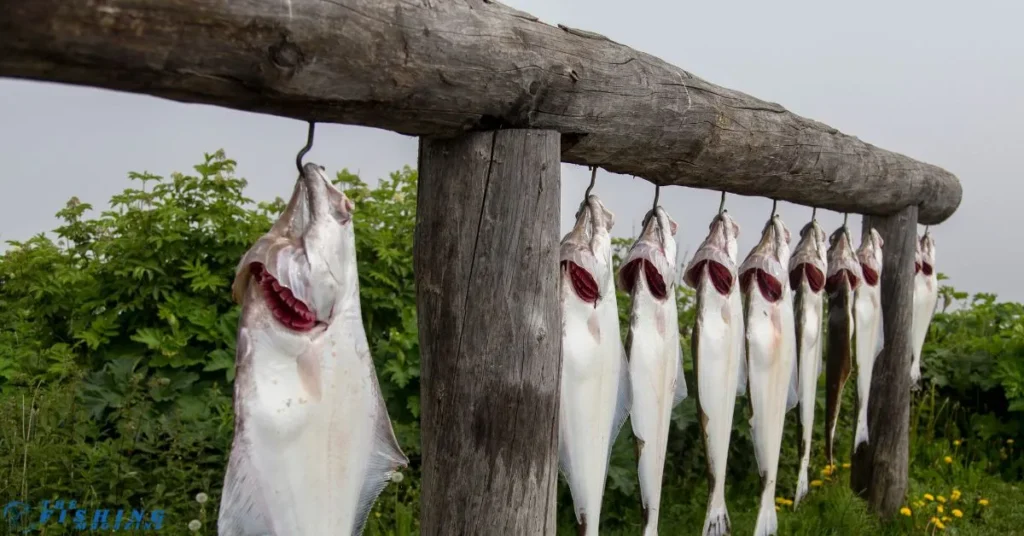
What to Expect on a Halibut Fishing Trip
The Fight
Halibut are known for their strength, and once hooked, they put up a powerful fight. It’s not uncommon for a large halibut to dive deep and take line off your reel, requiring you to work hard to bring it back to the surface. The fight can last anywhere from a few minutes to over an hour, depending on the size of the fish and your equipment.
Handling Your Catch
Once you’ve successfully
reeled in a halibut, it’s important to handle it properly. Halibut can be heavy and awkward to manage, so use a gaff or a harpoon to secure the fish before bringing it on board. If you’re keeping the fish, make sure it’s properly bled and stored in a cool place to maintain the quality of the meat.
The Reward
The reward for your efforts is some of the best-tasting fish you’ll ever have. Halibut fillets are thick, white, and firm, with a mild flavor that’s perfect for a variety of recipes. Many charters will clean and fillet your catch for you, so you can take home ready-to-cook portions.
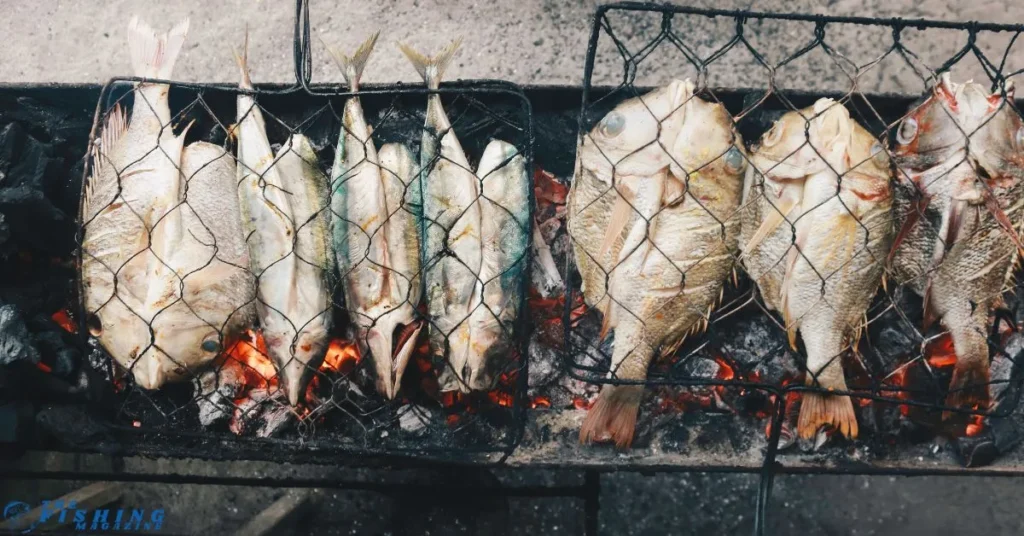
Conservation and Regulations
Size and Bag Limits
Alaska has strict regulations to ensure the sustainability of halibut populations. These regulations include size limits and bag limits, which can vary depending on the area and time of year. It’s important to familiarize yourself with the current regulations before your trip and to follow them closely.
Catch and Release Practices
If you catch a halibut that’s below the legal size limit or if you choose to release your catch, it’s important to do so carefully to minimize harm to the fish. Use a dehooking tool to remove the hook without causing injury, and release the fish as quickly as possible.
Supporting Sustainable Fishing
By following regulations and practicing ethical fishing, you can help ensure that future generations will be able to enjoy the thrill of halibut fishing in Seward. Consider supporting local conservation efforts and educating others about the importance of sustainable fishing practices.
Halibut Fishing in Seward, Alaska: Top Charters & Delicious Recipes
Experience the Ultimate Halibut Fishing Adventure in Seward
Seward, Alaska, is a world-renowned destination for halibut fishing, offering anglers the chance to reel in trophy-sized fish against the stunning backdrop of Resurrection Bay and the Gulf of Alaska. Whether you’re a seasoned angler or a first-time fisher, booking a Seward halibut fishing charter ensures a thrilling and rewarding experience.
Best Halibut Fishing Charters in Seward
Hiring a professional fishing charter in Seward is the best way to maximize your chances of landing a massive Pacific halibut. Expert guides provide top-quality gear, knowledge of the best fishing spots, and insight into seasonal conditions. Here are some of the top-rated halibut fishing charters:
- Seward Fishing Adventures – Experienced captains with state-of-the-art boats.
- Miller’s Landing Fishing Charters – Offers private and group fishing excursions.
- Saltwater Safari Company – Specializes in deep-sea fishing for trophy halibut.
- ProFish-n-Sea Charters – Known for its high catch rates and customer service.
Best Time to Fish for Halibut in Seward:
The prime season for halibut fishing in Alaska runs from May to September, with peak months being June and July. During this time, halibut migrate closer to shore, making them more accessible to anglers.
Halibut Fishing Tips:
- Use circle hooks with fresh bait like herring or squid.
- Fish at depths of 200-400 feet for the best results.
- Look for sandy or gravel seabeds, where halibut tend to settle.
- Be prepared for a fight—halibut are powerful and require patience to reel in.
How to Cook Halibut: Delicious Recipes
After a successful halibut fishing trip in Seward, the next step is enjoying your fresh catch. Halibut is a versatile fish with firm, mild-flavored meat that pairs well with various seasonings and cooking methods.
1. Grilled Garlic Butter Halibut
Ingredients:
- 2 halibut fillets
- 2 tbsp butter (melted)
- 2 cloves garlic (minced)
- 1 tbsp lemon juice
- 1 tsp salt
- ½ tsp black pepper
- 1 tsp paprika
Instructions:
- Preheat grill to medium-high heat.
- Mix butter, garlic, lemon juice, salt, pepper, and paprika in a bowl.
- Brush mixture over halibut fillets.
- Grill for 4-5 minutes per side or until the fish flakes easily with a fork.
- Serve with grilled vegetables or a fresh salad.
2. Pan-Seared Halibut with Lemon Cream Sauce
Ingredients:
- 2 halibut fillets
- 1 tbsp olive oil
- 1 tbsp butter
- ½ cup heavy cream
- 1 tbsp lemon juice
- 1 tsp garlic powder
- Salt & pepper to taste
Instructions:
- Heat olive oil and butter in a pan over medium heat.
- Season halibut with salt, pepper, and garlic powder.
- Sear fillets for 3-4 minutes per side until golden brown.
- Remove fish and add heavy cream and lemon juice to the pan.
- Simmer for 2 minutes, then pour over the halibut before serving.
FAQs
1. What is the best time of year to go halibut fishing in Seward?
The best time to go halibut fishing in Seward is from May to September, with peak season occurring in July and August.
2. How much does a halibut fishing charter in Seward cost?
The cost of a halibut fishing charter in Seward can vary depending on the length of the trip and the size of the group, but you can expect to pay between $200 and $400 per person for a full-day charter.
3. Do I need a fishing license to fish for halibut in Seward?
Yes, you need a valid Alaska fishing license to fish for halibut in Seward. Licenses can be purchased online or at local vendors.
4. What should I wear on a halibut fishing trip?
Dress in layers and bring waterproof clothing, as the weather in Alaska can be unpredictable. Don’t forget a hat, sunglasses, and sunscreen for sun protection.
5. How big do halibut get in Seward?
Halibut in Seward can grow to over 300 pounds, but the average catch is usually between 20 and 50 pounds.
Conclusion
Halibut fishing in Seward, Alaska, offers an unparalleled experience for anglers of all skill levels. The combination of the thrill of the catch, the stunning natural beauty, and the opportunity to take home delicious halibut fillets makes it a must-do adventure.
Whether you’re planning your first trip or you’re a seasoned angler, Seward provides the perfect setting for an unforgettable fishing experience. With the right preparation, gear, and knowledge, you’ll be well on your way to landing the halibut of a lifetime.
So pack your bags, book your charter, and get ready to experience the best that Alaskan fishing has to offer.

